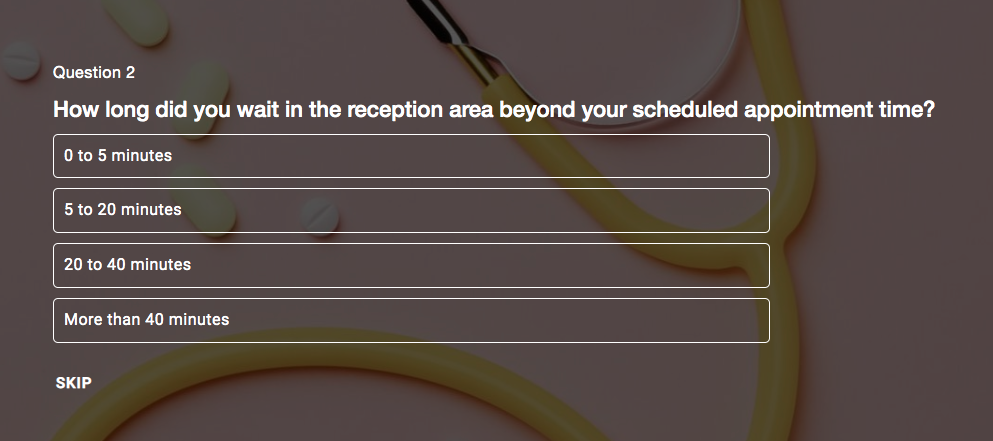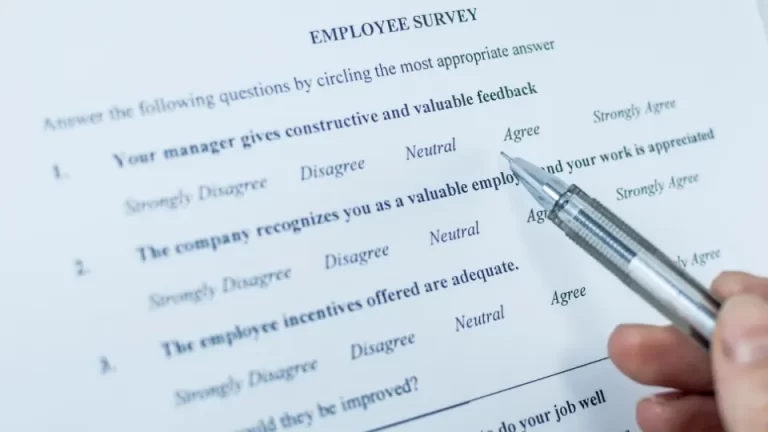Are you worried about how to create an effective survey questionnaire? Well if your answer is yes, then you’re on the right page. Here you’ll understand everything related to writing survey questions.
The process of creating a survey questionnaire that effectively evaluates the public’s opinions, experiences, and behaviours is arguably the most crucial step. If the information acquired is based on a fragile foundation of unclear or biased questions, reliable random sampling will be useless.
Writing effective survey questions and compiling them into a questionnaire are both necessary for creating an fruitful survey.
To effectively gauge participants’ attitudes, it is crucial to develop good survey questions. The responses will be useless if the survey questions are poorly phrased, confusing, or biased.
All respondents will understand a survey question the same way if it is well-written. It will convey the necessary data so that each participant understands how to interpret it and what sort of response is anticipated.
15 effective tips to help you write survey questions:
1. Be precise, definite, and forthright
Uncertainty and misinterpretation might result from a question’s intent not being made clear. Avoid ambiguous or imprecise language and be very specific. Introduce the subject and specify the actions, occurrences, or time period. This survey questions writing tip will make sure that everyone is responding in the same way.
2. Use the language of the audience
The number two survey question writing tip is to use language that is simple to understand and keep in mind the survey audience’s level of education. Steer clear of acronyms, jargon, and technical terminology. Never assume understanding when using basic language, and always give the respondent the details they need to comprehend your survey question. Any ideas or words that the respondent has to comprehend in order to react should be defined. Be sure to include information to help explain any references to material that participants might not be acquainted with.
3. One topic at a time only
Each query needs to concentrate on a single idea or object. Generally speaking, this means that each survey question should have a single subject and verb. Double-barrel queries only provide one response while asking the respondent to evaluate multiple items.
The participant is now allowed to respond to each issue independently by splitting the double-barrel question into two questions, for instance, if the survey is office-related and one issue is about happiness with the workplace environment and another inquiry is about compensation. This is the third most important survey writing tip that you should keep in mind while writing survey questions.
4. Use proper grammar
The number four survey question writing tip is to make sure the queries are grammatically sound and simple. The comprehension of responses is improved by maintaining a parallel structure and employing the same words and phrases repeatedly. Avoid complex or two-part questions that are difficult to understand, as well as double negatives.
Double negatives: Do you think it’s important for user interface designers to know how to code?
Better: Designers of user interfaces ought to be able to code.
This revised question works nicely with an agreement scale; more on that later.
5. Avert bigotry and offensive language
Participants will be directed toward a particular answer to a question that is biased. Adjectives and adverbs in particular can introduce bias into questions. People can respond differently based on how a question is phrased (for instance, using the words “gain” versus “loss” in a question). A different reaction may also be elicited by the use of emotive, politically charged, or sensitive language. No matter the subject, remain impartial and be aware of language that leans either positively or negatively.
6. Don’t be hungry and keep the questionnaire brief
Save people’s time by only requesting what you truly need. (Mandating responses to questions will make people go more slowly, but you won’t definitely obtain what you want, and drop-off rates will go up.) Respondents are more likely to be eager and able to supply meaningful data if there aren’t too many survey questions and they can grasp what is being asked right away.
7. Remove Jargon
Just because you understand a concept doesn’t always guarantee that your intended audience does. To be sure, a well-designed questionnaire includes quality survey questions. However, they also provide an opt-out for individuals who are unsure and explain ideas or acronyms that clients might not be familiar with using simple language (i.e., without jargon). A confused audience will result in irritation and low-quality replies, so don’t be afraid to include more than one question or provide an example to increase the precision of difficult data in your questionnaire template.
Fynzo Survey: Unlimited surveys, unlimited responses; 99% features are forever free.
Create a free survey with the easiest online survey creator.
8. Give users an “other” choice
In a multiple-choice series, be sure you’ve provided participants with the option to skip the question if it doesn’t apply to them or if none of their responses does. Give a choice such as “no comment,” “moderate,” or “none of the above.” A choice to select “other” and a free-form response that can provide you with the extra background are also options you can supply. This is one of the best survey question writing tips.
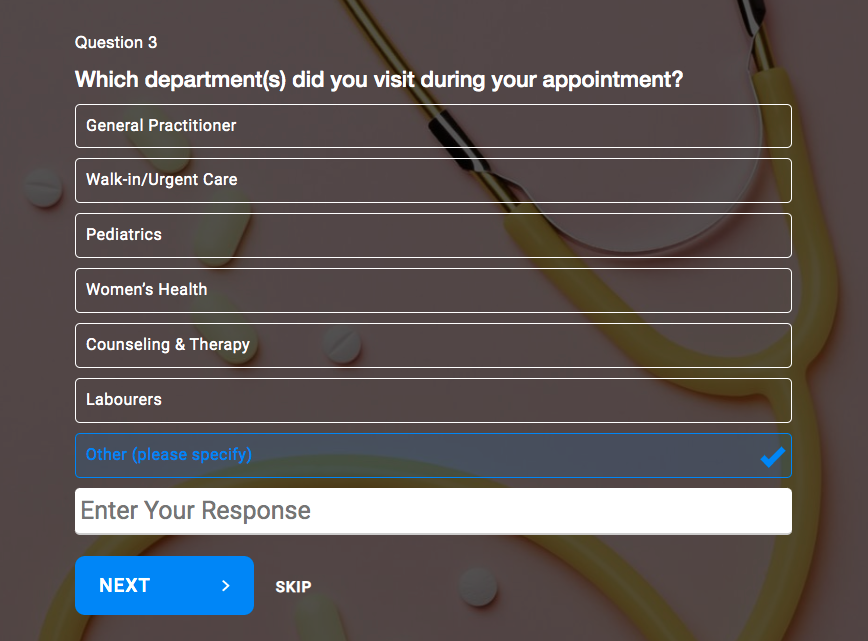
9. Use various question formats
When participants are involved, they provide more accurate and meaningful responses. And to do that, many research question types must be posed. Use stimulating questions to maintain their interest, such as ranking, matrix, open-ended, or multiple-choice ones, especially if the survey is lengthy. Varied survey question styles might evoke different responses in addition to keeping respondents interested (which can enhance your completion rates).
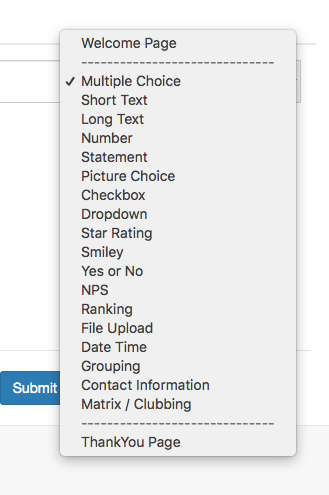
10. Consider your audience at all times
Always keep your market in mind as you are crafting the survey questions. You can make the audience as wide as the “general population” or as small as you choose. Knowing who you want to connect with is crucial for good communication.
No matter what kind of survey questions you choose, they should all be concise, straightforward, and to the point, while also involving the respondent through various media and question formats. Keep in mind that your statistics will be more readable if your respondents are less perplexed.
11. Remember to provide a “prefer not to answer” selection
It can happen that respondents don’t want you to collect particular categories of data or don’t want to provide you with the data you’ve asked for. The respondent may find intrusive questions concerning their family life, personal hygiene, money, personal health, or personal, political, or religious convictions.
For most people, privacy is a crucial problem. Gaining access to confidential information may be made simpler with incentives and guarantees of confidentiality.
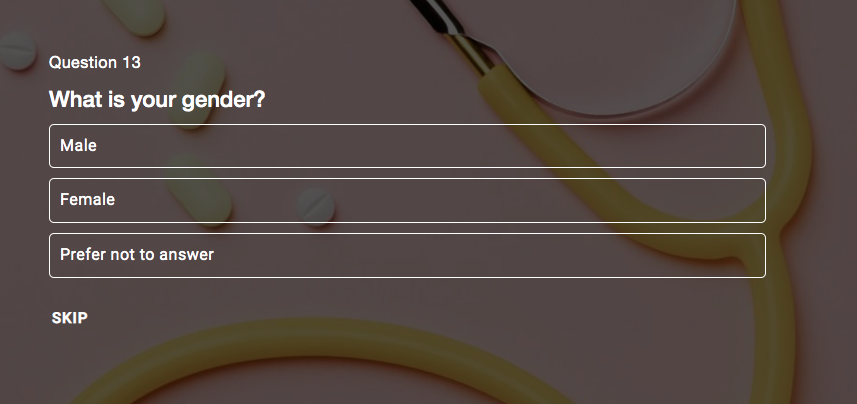
12. Keep each of your inquiries distinct
Consider what it would be like to always be asked the same survey how to write survey questions. I suppose you’d get irritated. Respondents could feel that way if you ask the same queries or offer the same answer options frequently. It causes respondents to abandon your survey or straight line, or respond to your questions without giving them any attention.
Because it does not accurately reflect the respondent’s genuine feelings, a careless response might be more harmful than providing no response at all.
13. Make the majority of your inquiries elective
The answers to all of your inquiries might not be known by the respondents. Additionally, there can be some inquiries that they just don’t feel confident responding to. However, you still want them to complete the survey and offer insightful commentary.
When choosing which queries to require replies to, bear both of these factors in mind. And if you’re not sure whether to make a certain question mandatory or optional, err on the side of making it optional. We’ve discovered that making respondents complete your survey under duress increases the likelihood that they’ll drop out or choose an answer at random.
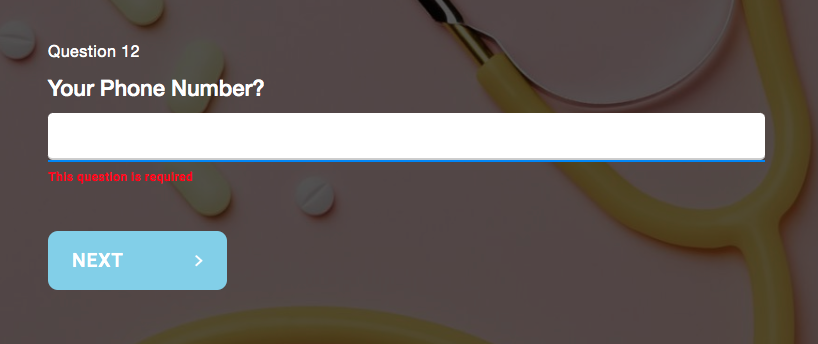
14. Set the questionnaire to a test first
There is no worse feeling for a survey writer than discovering errors in their survey after it has been distributed to respondents. In some cases, you might have to start over and abandon the survey entirely. Sending a new survey might also be an option, but doing so may decrease respondents’ trust and involvement and lead to a situation in which some participants only complete the original questionnaire while others reply to the amended one.
Share your survey in advance with coworkers, friends, and anybody else who can serve as a new set of eyes for you to avoid the circumstance from occurring to you. It only takes one reviewer’s unbiased judgment to find errors in your survey.
15. Encourage participants to provide all of their answers
This last but not least tip for survey question writing is simplest yet very effective. When respondents to your poll say things like “No comment” or “Not relevant,” it can be difficult to ascertain their opinions. Provide the respondent with answer choices that cover all scenarios in order to reflect the most accurate facts to avoid this. To get a more accurate impression of your survey base, choose a more precise response option, such as “I’m not sure.”
It is frequently beneficial to start the survey with straightforward inquiries that participants will find intriguing and engaging. An attempt should be performed to keep the questionnaire engaging throughout and avoid overwhelming responders with a string of challenging questions.
Frequently Asked Questions About Writing Survey Questions
What are the four components of a survey questionnaire?
The invitation, introduction, question types, and close are the four key sections of a survey questionnaire.
How many questions should a survey contain?
For the majority of surveys, ten to fifteen questions should be the ideal number.
Conclusion: Writing Survey Questions
These survey question-building guidelines are common mistakes, albeit they are not all-inclusive. And the aforementioned fifteen pointers ought to point you in the proper way. If you follow all of them, you will certainly build an effective survey questionnaire.
Put your attention to coming up with understandable, pertinent, and comprehensive answer options for your inquiries. Outstanding research success is a result of amazing questions and great answer options.
Last but not least, don’t undervalue the significance of selecting the appropriate survey tools for your company.
Unlock Unlimited Surveys & Responses with Fynzo Survey – 99% Features Free Forever!
⭐ Rated #1 Trending Survey Tool by Software Suggest ⭐
Why Choose Fynzo Survey?
- Unlimited Surveys: Create as many surveys as you need without any limits.
- Unlimited Responses: Collect unlimited responses effortlessly.
- 99% Free Features: Access nearly all our powerful features for free, forever.
- User-Friendly: Easy setup, create your survey in minutes.

